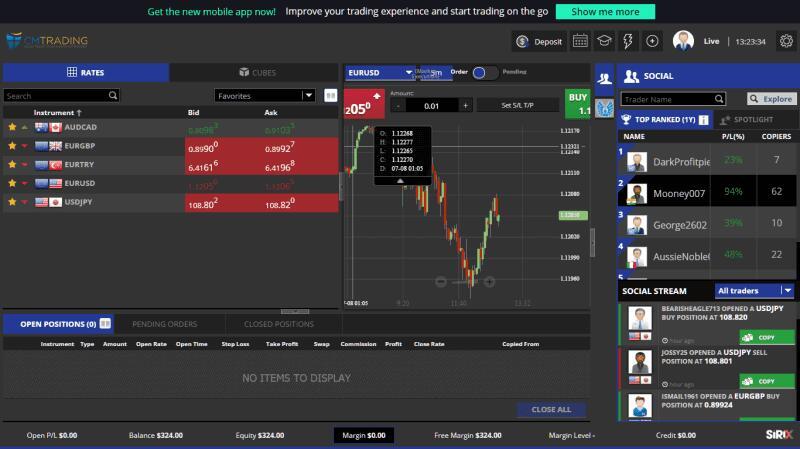Gross Profit Percentage: How To Calculate & What It Can Tell You

To reduce the cost of production without sacrificing quality, the best option for many businesses is expansion. Economies of scale refer to the idea that larger companies tend to be more profitable. A net profit margin of 23.7% means that for every dollar generated by Apple in sales, the company kept just shy of $0.24 as profit.
A retail farm market manager knows that their business needs to make a certain gross profit percentage, in this case, let’s say 30%. Does adding 30% markup to that item really mean you are making a 30% profit? To determine the profit you made on an item, you need to take the markup amount and divide that by the sale price of the item and that will give you your profit margin. The gross margin varies by industry, however, service-based industries tend to have higher gross margins and gross profit margins as they don’t have large amounts of COGS. On the other hand, the gross margin for manufacturing companies will be lower as they have larger COGS.
Formula and Calculation for Net Profit Margin
Other limitations include the possibility of misinterpreting the profit margin ratio and cash flow figures. A low net profit margin does not always indicate a poorly performing company. Also, a high net profit margin does not necessarily translate to high cash flows. While the average net margin for different industries varies widely, businesses can gain a competitive advantage in general by increasing sales or reducing expenses (or both). Boosting sales, however, often involves spending more money to do so, which equals greater costs.
Instacart’s IPO Filing Suggests These 2 Uber Products Still Have a … – The Motley Fool
Instacart’s IPO Filing Suggests These 2 Uber Products Still Have a ….
Posted: Sun, 03 Sep 2023 10:30:00 GMT [source]
Actually there are two simple answers depending on what you mean by a 30% profit.
What is Net Profit Margin?
Firstly, you should never have a negative gross or net profit margin; otherwise, you are losing money. A 56% profit margin indicates the company earns 56 cents in profit for every dollar general ledger accounts it collects. Net profit margin, on the other hand, is a measure of net profit to revenue. Larger sales figures are great, but make sure you’re earning maximum money on those sales.

For example, costs may or may not include expenses other than COGS — usually, they don’t. In this calculator, we are using these terms interchangeably, and forgive us if they’re not in line with some definitions. To us, what’s more important is what these terms mean to most people, and for this simple calculation the differences don’t really matter. Luckily, it’s likely that you already know what you need and how to treat this data. This tool will work as gross margin calculator or a profit margin calculator.
Example of Net Profit Margin
You don’t have a large workforce and other substantial overhead expenses. But your margins will likely shrink because you’re probably hiring more people, investing in bigger facilities, and expanding your product line. Simply bringing in more cash doesn’t mean you’re making a bigger profit.
The Critical State of Business in WeHo : Part 1 – WEHOville
The Critical State of Business in WeHo : Part 1.
Posted: Sat, 02 Sep 2023 16:50:34 GMT [source]
Finally, gross profit refers to any revenue left over after covering the expenses of providing a good or service. When calculating the net profit margin ratio, analysts commonly compare the figure to different companies to determine which business performs the best. The net profit margin ratio is used to describe a company’s ability to produce profit and to consider several scenarios, such as an increase in expenses which is deemed ineffective.
Figuring out your markup percentage
A higher profit margin is always desirable since it means the company generates more profits from its sales. A lower gross profit margin, on the other hand, is a cause for concern. It can impact a company’s bottom line and means there are areas that can be improved. If Company ABC finds a way to manufacture its product at one-fifth of the cost, it will command a higher gross margin because of its reduced costs of goods sold. But in an effort to make up for its loss in gross margin, XYZ counters by doubling its product price, as a method of bolstering revenue.

It is wise to compare the margins of companies within the same industry and over multiple periods to get a sense of any trends. In a more complex example, if an item costs $204 to produce and is sold for a price of $340, the price includes a 67% markup ($136) which represents a 40% gross margin. Again, gross margin is just the direct percentage of profit in the sale price. These are rather simplified examples and we don’t have the same profit expectations for every item in our market. However, if we understand the difference between markup percentages and gross profit margins, we can have better flexibility in our pricing strategies.
NYU’s Stern Business School releases sector-related data on a regular basis. According to the school’s margin report from January 2022, the average gross https://online-accounting.net/ profit margin for education companies was 47.9%. Machinery companies saw gross margins of 35.4% while real estate developers saw margins of 28.9%.
- While they both factor in a company’s revenue and the cost of goods sold, they are a little different.
- Most of the time people come here from Google after having searched for different keywords.
- Markup shows how much more a company’s selling price is than the amount the item costs the company.
- Start by reviewing the gross profit margin of businesses you may find interesting.
Profit margin doesn’t measure how much money you will make or could make, only how much is actually made on each dollar of sales. Let’s say you own a bakery and you make some of the best wedding cakes in town. You kept really good records and, after doing the math, came up with a net profit margin of 21%. But your friend owns an IT company that installs complicated computer networks for businesses and has a net profit margin of 16%.
